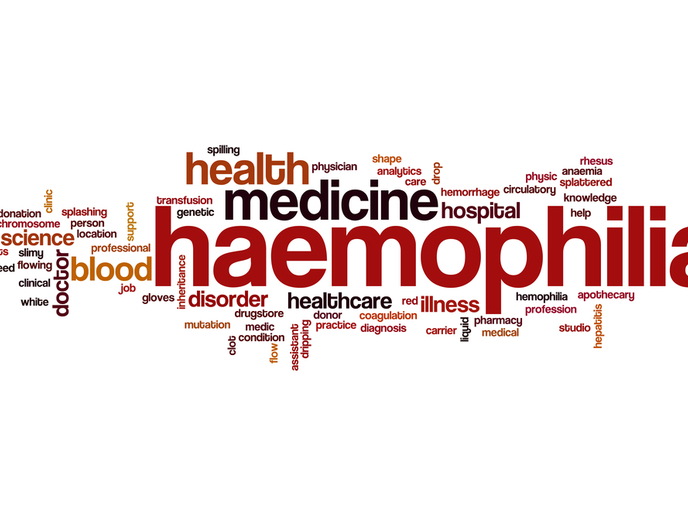Towards an effective gene therapy for Batten disease?
The omnipresence of Parkinson’s and Alzheimer’s diseases could easily make us forget that neurodegenerative conditions are affecting not just our elders. Batten disease, with an estimated 1 400 new cases across the globe every year, is a lesser known, less widespread group of diseases that mostly affects children. It is ultimately fatal and cannot be cured. Prof. Sara Mole, Professor of Molecular Cell Biology at UCL, is all too familiar with this condition. She has spent the past 20 years trying the fill the gap, with her most recent efforts having been funded under the BATCure (Developing new therapies for Batten disease) project. “For the three types of neuronal ceroid lipofuscinoses (NCL) or Batten disease covered by BATCure, treatment is currently palliative only, with no slowing down of the diseases,” she explains. The three sub-types have largely been neglected in the past due to the complex nature of the mutated proteins, which to be understood requires a transdisciplinary and coordinated approach. These include CLN3 – the most common type of Batten disease – which is responsible for over 50 % of cases worldwide. Patients will generally experience symptoms such as progressive dementia, motor decline, blindness and epilepsy. The team hoped to develop new gene therapies for these sub-types as well as look at the wide range of available drugs to see if some of them could be repurposed for Batten disease treatment. All in all, they developed new models, identified new therapeutic target pathways, established new monitoring and diagnostic techniques, and identified compound leads. They are currently determining the therapeutic potential of these compounds using zebrafish, assessing gene therapy for the brain and delivering a small molecule therapy to mice. “We believe that supplementation with a healthy gene is possible,” says Prof. Mole. “Besides, we also think that it may be possible to improve aspects of the disease using drugs, as well as understanding the effects of the disease on the metabolism.” The team has been testing its gene therapy options for the three types of Batten disease in mouse models, while specifically targeting the eye and brain which are the organs most affected in the disease. “We’ve made important progress in gene therapy that shows how other cells in the eye than those initially expected needed to be reached by the vector to prevent visual failure, at least in the mice. This required specialised vectors,” Prof. Mole explains. To proceed with a clinical trial, the team will first need to produce and test the grade of gene therapy vector required for treating children in animals, as well as design the trial itself. They are already looking into funding opportunities to help them reach these goals. When BATCure treatment becomes available, patients can expect the slowing down of disease progression or even prevention of onset altogether. Prof. Mole is also confident that the project’s approach can benefit research on other diseases in the future.
Keywords
BATCure, Batten disease, mutated proteins, children, CLN3, target pathways, treatment







